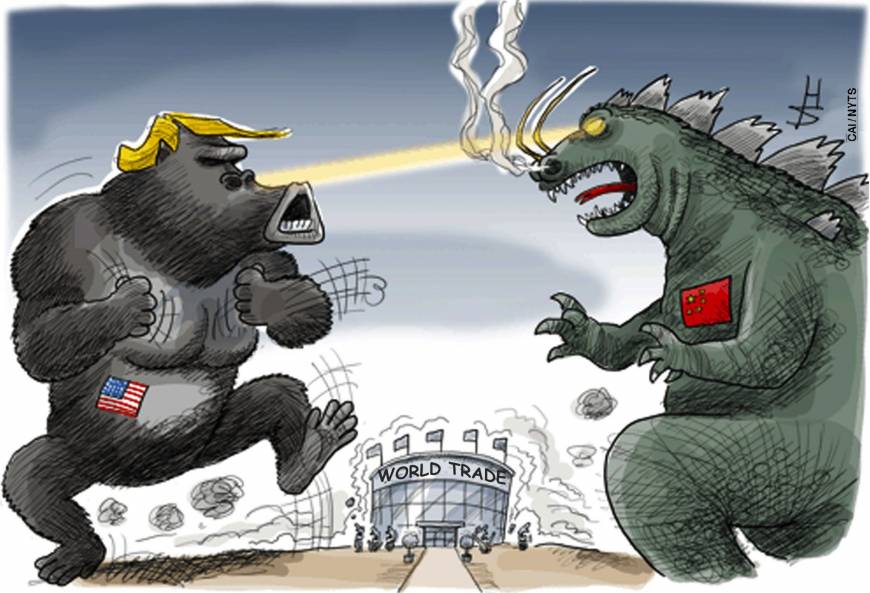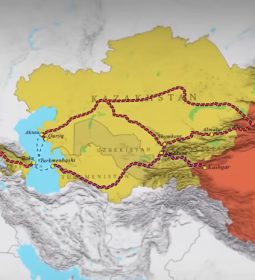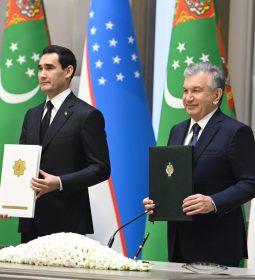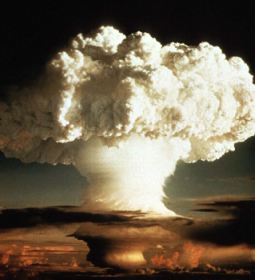New York Times: Did China Break the World Economic Order?

Opinion page: Did China Break the World Economic Order? No. Other countries’ reaction to its rise are a greater threat.
By Yukon Huang
Mr. Huang is an economist focusing on China.

Last Friday, the White House raised the tariffs on $200 billion worth of Chinese imports up to 25 percent. On Monday, China retaliated with tariffs of its own. The trade war is now full-on — except that it’s not really about trade.
China does account for the largest share of America’s trade deficit. But many experts don’t seem to think that bilateral trade deficits are a problem in themselves — they’re just a symptom of other issues (if even that). “The overall United States global trade imbalance is the result of economic conditions in the United States — the excess of investment over savings,” Martin Feldstein, a former chairman of the Council of Economic Advisers, has argued, adding that if America’s trade imbalance with China were eliminated, it would simply shift to other countries.
Whether President Trump is misguided in doggedly pursuing tariffs or playing coy and using them as leverage with the Chinese government, America’s continued drive to levy penalties is less about fixing a trade problem than about changing China’s investment rules. In particular, the Trump administration perceives those rules as forcing the transfer of foreign technology to Chinese companies, unfairly helping them.
But even American negotiators who parse the trade versus tech issue this clearly tend to overlook an essential fact: The international trade and financial system that was set up after World War II — with the creation of the World Bank, the International Monetary Fund and, much later, the World Trade Organization (all nurtured and dominated by the United States) — actively encouraged “technological spillovers” from developed economies to developing ones. Under the W.T.O.’s agreements on intellectual property, developed countries are under “the obligation” to provide incentives to their companies to transfer technology to less developed countries.
Such transfers were seen to be in the West’s interest, too: Far better that poor countries achieve self-sustaining growth than be dependent on foreign aid, the thinking went. But China did much better than achieve self-sustaining growth.
By the late 2000s, it had come to seem too successful, and a threat: The West was struggling then with a major financial crisis (largely of its own doing). Today, the longstanding principle that knowledge transfers are good all-around is being questioned. Do they continue to serve the global interest and should they still be encouraged — even when it comes to China? Or should China be treated as an exception? It is in a class of its own, by dint of both its size and the state’s involvement in its economy.
But the reality is more complex.

Yes, American companies have been granted access to some 35 restricted sectors in China — like auto production, oil exploration, nuclear power, telecommunications, banks and medical institutions — only on the condition that they transfer know-how to local partners. Chinese companies are developing electric vehicles with support from Renault-Nissan and Ford. Amazon and Microsoft are being asked to partner — and share technology — with Chinese companies before they can sell cloud-computing services in China.
And yes, DuPont and General Motors have sued their Chinese joint-venture partners for misappropriating trade secrets. Outright theft also has sometimes occurred, including in the defense sector, of information about bombers and missile systems.
Also, violations or near-violations are par for the course during certain stages of a country’s development. That fact doesn’t make them acceptable, but it offers useful context for thinking through how best to react to them. Other rapidly growing economies, including Japan and South Korea in the 1980s, were also accused of unfairly securing technology from foreign partners (or subsidizing their exports). But as those countries’ incomes rose and their own capacity to innovate developed, they started complying with the rules — typically when per capita income reached $25,000.
China, at its current growth rates, is more than a decade away from achieving that income level. And yet it has already made more progress than is usually acknowledged toward protecting intellectual property rights. AmCham China’s 2019 China Business Climate Survey Report noted that 59 percent of the more than 300 American companies it interviewed said that China’s enforcement of intellectual property rights had improved over the last five years; 37 percent said it had stayed the same. (China is growing up in other respects, too. Both the I.M.F. and the United States Treasury have recently determined that the Chinese government is not manipulating its currency. And its current account surpluses have virtually evaporated.)
That said, penalties for, say, infringing patents remain weak in China and enforcement is lax. The National People’s Congress passed a foreign-investment law in March, but it offered too little on implementation. In fact, the United States’s latest tariffs were prompted by its perception that the Chinese government was backtracking on its commitment to incorporate into Chinese law major terms of the two countries’ draft agreement to end the trade war.
The fundamental question, therefore, is this: Are China’s current technology-transfer policies fair, given both past international practice and the country’s extraordinary development? Or, to put the point more provocatively, did China’s growth break the international economic order?
- Previous Former Indian Ambassador to UN for parliament seat in Amritsar
- Next New York Times: Xi Jinping Wanted Global Dominance. He Overshot.
















